In Mesopotamia There Were No 'cover Letters' Or 'curriculum Vitaes'. There Were Just, Pots.
in mesopotamia there were no 'cover letters' or 'curriculum vitaes'. there were just, pots.
More Posts from Primordialbitch and Others
seeing the photos from Webb up against photos from Hubble just makes me… I don’t even know like, wow! Look at that!








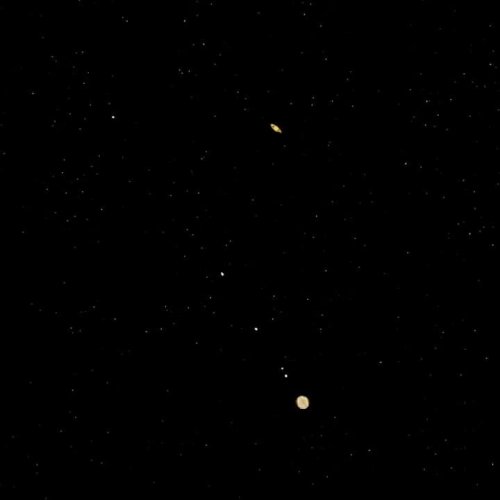
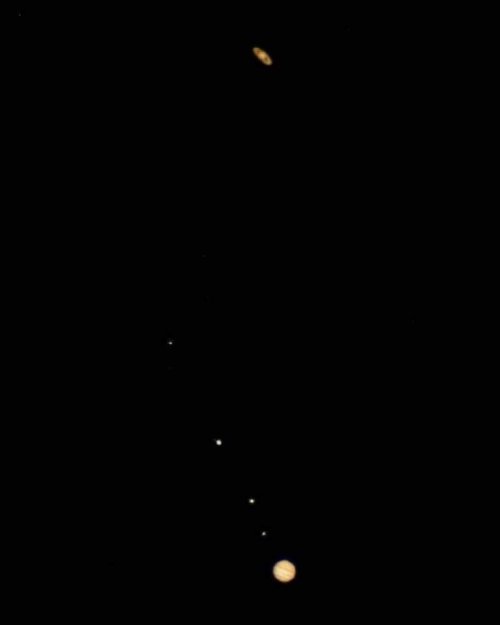
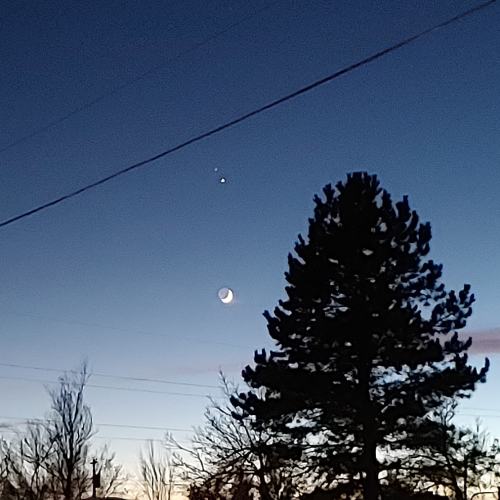
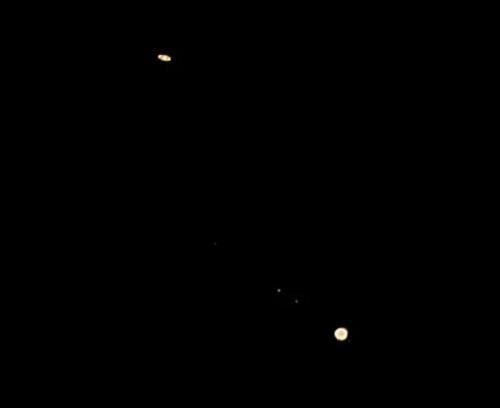
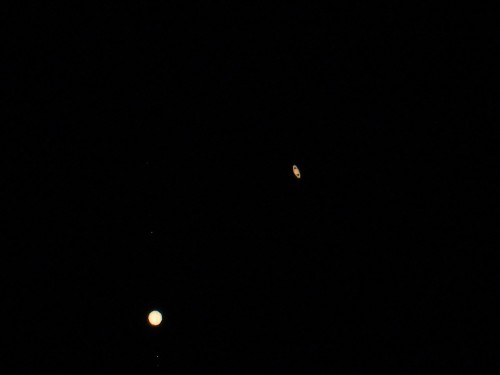
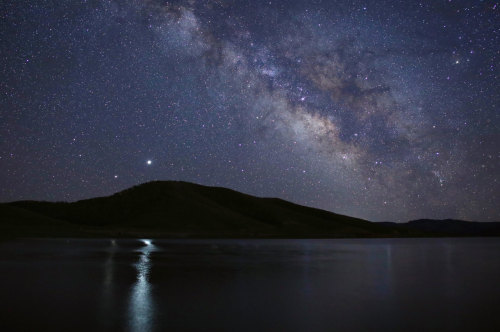
The Great Conjunction: Jupiter and Saturn 🌌.
Newly discovered Amazon rock art show the rainforest's earliest inhabitants living with giant Ice Age animals

Amazonian rock art newly discovered by researchers provides further proof the rainforest’s earliest inhabitants lived alongside now-extinct giant Ice Age animals.
The thousands of pictures are among the oldest depictions of people interacting with the huge creatures, including mastodons. Usually the only clues about their appearance are skeletal remains.
This is one of the largest collections of rock art found in South America. The recorded drawings, likely first made around 12,600 and 11,800 years ago, are on three rock shelters on hills in the Colombian Amazon. The paintings, identified during landscape surveys, also depict geometric shapes, human figures, and handprints, as well as hunting scenes and people interacting with plants, trees and savannah animals. The vibrant red pictures were produced over a period of hundreds, or possibly thousands, of years. Read more.
Pick Your Favorite Findings From Fermi’s First Decade
The Fermi Gamma-ray Space Telescope has been observing some of the most extreme objects and events in the universe — from supermassive black holes to merging neutron stars and thunderstorms — for 10 years. Fermi studies the cosmos using gamma rays, the highest-energy form of light, and has discovered thousands of new phenomena for scientists.
Here are a few of our favorite Fermi discoveries, pick your favorite in the first round of our “Fermi Science Playoff.”
Colliding Neutron Stars

In 2017, Fermi detected a gamma ray burst at nearly the same moment ground observatories detected gravitational waves from two merging neutron stars. This was the first time light and ripples in space-time were detected from the same source.
The Sun and Moon in Gamma Rays

In 2016, Fermi showed the Moon is brighter in gamma rays than the Sun. Because the Moon doesn’t have a magnetic field, the surface is constantly pelted from all directions by cosmic rays. These produce gamma rays when they run into other particles, causing a full-Moon gamma-ray glow.
Record Rare from a Blazar

The supermassive black hole at the center of the galaxy 3C 279 weighs a billion times the mass of our Sun. In June 2015, this blazar became the brightest gamma-ray source in the sky due to a record-setting flare.
The First Gamma-Ray Pulsar in Another Galaxy

In 2015, for the first time, Fermi discovered a gamma-ray pulsar, a kind of rapidly spinning superdense star, in a galaxy outside our own. The object, located on the outskirts of the Tarantula Nebula, also set the record for the most luminous gamma-ray pulsar we’ve seen so far.
A Gamma-Ray Cycle in Another Galaxy

Many galaxies, including our own, have black holes at their centers. In active galaxies, dust and gas fall into and “feed” the black hole, releasing light and heat. In 2015 for the first time, scientists using Fermi data found hints that a galaxy called PG 1553+113 has a years-long gamma-ray emission cycle. They’re not sure what causes this cycle, but one exciting possibility is that the galaxy has a second supermassive black hole that causes periodic changes in what the first is eating.
Gamma Rays from Novae

A nova is a fairly common, short-lived kind of explosion on the surface of a white dwarf, a type of compact star not much larger than Earth. In 2014, Fermi observed several novae and found that they almost always produce gamma-rays, giving scientists a new type of source to explore further with the telescope.
A Record-Setting Cosmic Blast

Gamma-ray bursts are the most luminous explosions in the universe. In 2013, Fermi spotted the brightest burst it’s seen so far in the constellation Leo. In the first three seconds alone, the burst, called GRB 130427A, was brighter than any other burst seen before it. This record has yet to be shattered.
Cosmic Rays from Supernova Leftovers

Cosmic rays are particles that travel across the cosmos at nearly the speed of light. They are hard to track back to their source because they veer off course every time they encounter a magnetic field. In 2013, Fermi showed that these particles reach their incredible speed in the shockwaves of supernova remains — a theory proposed in 1949 by the satellite’s namesake, the Italian-American physicist Enrico Fermi.
Discovery of a Transformer Pulsar

In 2013, the pulsar in a binary star system called AY Sextanis switched from radio emissions to high-energy gamma rays. Scientists think the change reflects erratic interaction between the two stars in the binary.
Gamma-Ray Measurement of a Gravitational Lens

A gravitational lens is a kind of natural cosmic telescope that occurs when a massive object in space bends and amplifies light from another, more distant object. In 2012, Fermi used gamma rays to observe a spiral galaxy 4.03 billion light-years away bending light coming from a source 4.35 billion light-years away.
New Limits on Dark Matter

We can directly observe only 20 percent of the matter in the universe. The rest is invisible to telescopes and is called dark matter — and we’re not quite sure what it is. In 2012, Fermi helped place new limits on the properties of dark matter, essentially narrowing the field of possible particles that can describe what dark matter is.
‘Superflares’ in the Crab Nebula

The Crab Nebula supernova remnant is one of the most-studied targets in the sky — we’ve been looking at it for almost a thousand years! In 2011, Fermi saw it erupt in a flare five times more powerful than any previously seen from the object. Scientists calculate the electrons in this eruption are 100 times more energetic than what we can achieve with particle accelerators on Earth.
Thunderstorms Hurling Antimatter into Space

Terrestrial gamma-ray flashes are created by thunderstorms. In 2011, Fermi scientists announced the satellite had detected beams of antimatter above thunderstorms, which they think are a byproduct of gamma-ray flashes.
Giant Gamma-Ray Bubbles in the Milky Way

Using data from Fermi in 2010, scientists discovered a pair of “bubbles” emerging from above and below the Milky Way. These enormous bubbles are half the length of the Milky Way and were probably created by our galaxy’s supermassive black hole only a few million years ago.
Hint of Starquakes in a Magnetar

Neutron stars have magnetic fields trillions of times stronger than Earth’s. Magnetars are neutron stars with magnetic fields 1,000 times stronger still. In 2009, Fermi saw a storm of gamma-ray bursts from a magnetar called SGR J1550-5418, which scientists think were related to seismic waves rippling across its surface.
A Dark Pulsar

We observe many pulsars using radio waves, visible light or X-rays. In 2008, Fermi found the first gamma-ray only pulsar in a supernova remnant called CTA 1. We think that the “beam” of gamma rays we see from CTA 1 is much wider than the beam of other types of light from that pulsar. Those other beams never sweep across our vision — only the gamma-rays.

Have a favorite Fermi discovery or want to learn more? Cast your vote in the first of four rounds of the Fermi Science Playoff to help rank Fermi’s findings. Or follow along as we celebrate the mission all year.
Make sure to follow us on Tumblr for your regular dose of space: http://nasa.tumblr.com.
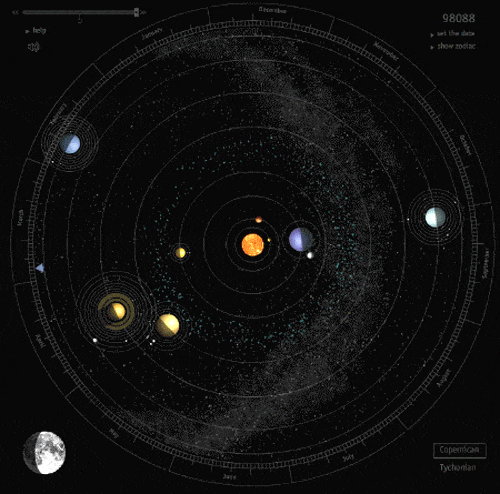
Could invisible aliens really exist among us? An astrobiologist explains
by Samantha Rolfe

They probably won’t look anything like this. Martina Badini/Shutterstock
Life is pretty easy to recognise. It moves, it grows, it eats, it excretes, it reproduces. Simple. In biology, researchers often use the acronym “MRSGREN” to describe it. It stands for movement, respiration, sensitivity, growth, reproduction, excretion and nutrition.
But Helen Sharman, Britain’s first astronaut and a chemist at Imperial College London, recently said that alien lifeforms that are impossible to spot may be living among us. How could that be possible?
Keep reading
How do blackholes form and how do they move ?
Unveiling the Center of Our Milky Way Galaxy

We captured an extremely crisp infrared image of the center of our Milky Way galaxy. Spanning more than 600 light-years, this panorama reveals details within the dense swirls of gas and dust in high resolution, opening the door to future research into how massive stars are forming and what’s feeding the supermassive black hole at our galaxy’s core.

Among the features coming into focus are the jutting curves of the Arches Cluster containing the densest concentration of stars in our galaxy, as well as the Quintuplet Cluster with stars a million times brighter than our Sun. Our galaxy’s black hole takes shape with a glimpse of the fiery-looking ring of gas surrounding it.
The new view was made by the world’s largest airborne telescope, the Stratospheric Observatory for Infrared Astronomy, or SOFIA.
Make sure to follow us on Tumblr for your regular dose of space: http://nasa.tumblr.com.
An Earth-sized planet found in the habitable zone of a nearby star
by Ravi Kumar Kopparapu

An artist’s impression of an exoplanet in the habitable zone around a star. Credits: ESA/Hubble, M. Kornmesser
A few months ago a group of NASA exoplanet astronomers, who are in the business of discovering planets around other stars, called me into a secret meeting to tell me about a planet that had captured their interest. Because my expertise lies in modeling the climate of exoplanets, they asked me to figure out whether this new planet was habitable – a place where liquid water might exist.
Keep reading

Powehi means “the adorned fathomless dark creation” or “embellished dark source of unending creation” and comes from the Kumulipo, an 18th century Hawaiian creation chant. Po is a profound dark source of unending creation, while wehi, meaning honoured with embellishments, is one of the chant’s descriptions of po, the newspaper reported.
-
 elfgirl931 reblogged this · 1 week ago
elfgirl931 reblogged this · 1 week ago -
 catparty41 reblogged this · 1 week ago
catparty41 reblogged this · 1 week ago -
 catparty41 liked this · 1 week ago
catparty41 liked this · 1 week ago -
 roisnoir liked this · 1 week ago
roisnoir liked this · 1 week ago -
 roisnoir reblogged this · 1 week ago
roisnoir reblogged this · 1 week ago -
 iris-collects liked this · 1 week ago
iris-collects liked this · 1 week ago -
 childofthestars111 reblogged this · 1 week ago
childofthestars111 reblogged this · 1 week ago -
 sarasa-cat reblogged this · 1 week ago
sarasa-cat reblogged this · 1 week ago -
 aquaheartgirl reblogged this · 1 week ago
aquaheartgirl reblogged this · 1 week ago -
 aquaheartgirl liked this · 1 week ago
aquaheartgirl liked this · 1 week ago -
 hivemindofevilbats liked this · 1 week ago
hivemindofevilbats liked this · 1 week ago -
 apollyon-255 liked this · 1 week ago
apollyon-255 liked this · 1 week ago -
 apollyon-255 reblogged this · 1 week ago
apollyon-255 reblogged this · 1 week ago -
 centuries-of-thoughts liked this · 1 week ago
centuries-of-thoughts liked this · 1 week ago -
 gneumatics reblogged this · 1 week ago
gneumatics reblogged this · 1 week ago -
 squarbies liked this · 1 week ago
squarbies liked this · 1 week ago -
 whoretastictiger reblogged this · 1 week ago
whoretastictiger reblogged this · 1 week ago -
 saturnsreturnn liked this · 1 week ago
saturnsreturnn liked this · 1 week ago -
 leanderexists liked this · 1 week ago
leanderexists liked this · 1 week ago -
 deceased-jiminy-cricket liked this · 1 week ago
deceased-jiminy-cricket liked this · 1 week ago -
 lizellen21 reblogged this · 1 week ago
lizellen21 reblogged this · 1 week ago -
 lizellen21 liked this · 1 week ago
lizellen21 liked this · 1 week ago -
 krispenelopebacon reblogged this · 1 week ago
krispenelopebacon reblogged this · 1 week ago -
 krispenelopebacon liked this · 1 week ago
krispenelopebacon liked this · 1 week ago -
 doctorb99 reblogged this · 1 week ago
doctorb99 reblogged this · 1 week ago -
 doctorb99 liked this · 1 week ago
doctorb99 liked this · 1 week ago -
 frankenuff reblogged this · 1 week ago
frankenuff reblogged this · 1 week ago -
 frankenuff liked this · 1 week ago
frankenuff liked this · 1 week ago -
 alvamsystem reblogged this · 1 week ago
alvamsystem reblogged this · 1 week ago -
 alvamsystem liked this · 1 week ago
alvamsystem liked this · 1 week ago -
 notallthosewho-wanderarelost reblogged this · 1 week ago
notallthosewho-wanderarelost reblogged this · 1 week ago -
 nafarsiti reblogged this · 1 week ago
nafarsiti reblogged this · 1 week ago -
 lona-lola reblogged this · 1 week ago
lona-lola reblogged this · 1 week ago -
 fe3lthethunder reblogged this · 1 week ago
fe3lthethunder reblogged this · 1 week ago -
 fe3lthethunder liked this · 1 week ago
fe3lthethunder liked this · 1 week ago -
 corvus-castle liked this · 1 week ago
corvus-castle liked this · 1 week ago -
 queermarzipan reblogged this · 1 week ago
queermarzipan reblogged this · 1 week ago -
 nerugiganon reblogged this · 1 week ago
nerugiganon reblogged this · 1 week ago -
 miae-bee liked this · 1 week ago
miae-bee liked this · 1 week ago -
 empty-like-my-soul liked this · 1 week ago
empty-like-my-soul liked this · 1 week ago -
 empty-like-my-soul reblogged this · 1 week ago
empty-like-my-soul reblogged this · 1 week ago -
 anotherdragonsfan reblogged this · 1 week ago
anotherdragonsfan reblogged this · 1 week ago -
 mayalli reblogged this · 1 week ago
mayalli reblogged this · 1 week ago -
 thatwasaterribleidea reblogged this · 1 week ago
thatwasaterribleidea reblogged this · 1 week ago -
 xerxestexastoast liked this · 1 week ago
xerxestexastoast liked this · 1 week ago -
 avesavis liked this · 1 week ago
avesavis liked this · 1 week ago -
 nowenteringsunnydale reblogged this · 1 week ago
nowenteringsunnydale reblogged this · 1 week ago -
 nowenteringsunnydale liked this · 1 week ago
nowenteringsunnydale liked this · 1 week ago -
 coffee-n-sleep reblogged this · 1 week ago
coffee-n-sleep reblogged this · 1 week ago
